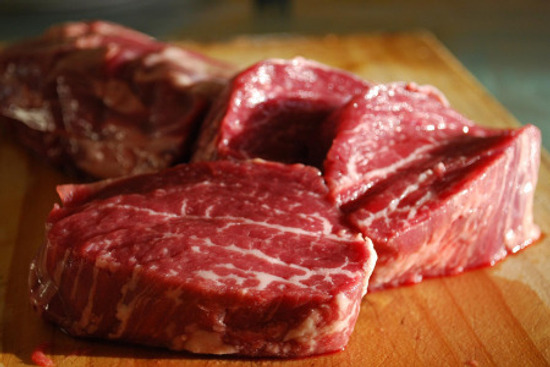
I’ve alluded to it before. I’m not sure that I’ve actually highlighted the problem in its own post. Of course, now it’s threatening to deteriorate into a full-scale crisis. What am I talking about? U.S. government regulations designed for large-scale meat slaughtering. Rather than scaling down the regs to accommodate small-scale or artisan processors, the regs just put a whole lot of small-scale slaughterhouses out of business. Now the USDA has proposed changes in the works that will make it even harder to be a small-scale processor.
In other words, if these proposed regulations pass, your beloved grass-fed beef farmer will most likely have to send his cattle to an inhumane, nasty, industrial slaughterhouse before passing the meat on to you.
Writing in The Atlantic, Joe Cloud (artisan butcher and co-owner with Joel Salatin of True & Essential Meats), frames the crisis this way:
Picture an hourglass and you’ll understand the sustainable meat crisis: there are plenty of willing consumers out there, and there are more and more farmers looking to “meat” that consumer demand (sorry—couldn’t help myself!), but the real bottleneck is processing capacity. Small, community-based meat processing plants have become an endangered species, done in by an ocean of super-cheap industrial meat and the challenge of meeting the Byzantine demands of USDA regulations without a Ph.D. in microbiology.
So, what are the new proposed regulations? The USDA wants to change HACCP to make it almost impossible for small-scale producers to comply. You may or may not remember that HACCP is the costly Hazard Analysis and Critical Control Point food safety plan that put about 20% of small-scale slaughterhouses in the U.S. out of business back in 2000 when it was adopted. Joe Cloud elaborates:
The intent of HACCP is to prevent contamination of meat by harmful pathogens. Plant HACCP plans are approved and overseen by the Food Safety and Inspection Service (FSIS), the inspection arm of the U.S. Department of Agriculture. On March 19, 2010, the FSIS published a draft guidance document on HACCP system validation, outlining new rules which would institute regular, year-round testing of all meats, whether or not problems have been identified. The proposal recommends testing for testing’s sake, and it will cost small plants tens of thousands of dollars, perhaps even hundreds of thousands, every year. The financial burden appears great enough that this will destroy much of the remaining community-based meat processing industry, which is enjoying a renaissance and creating jobs.
Small, local meat processors have always supported food safety. At our plant, we have had a functioning HACCP plan since 1999, and it works. We undergo extensive E. coli testing every year, and we have never had a positive result—ever. The purpose of HACCP is to employ well-recognized, established processes and process-control parameters to produce safe meat products—processes and parameters recognized and published by the USDA itself. Now, for some reason, the USDA wants to test the system and require excessive end-product microbiological testing, rather than allowing us to depend on these well-recognized procedures. Perhaps a large plant slaughtering 5,000 animals per day can afford its own lab and microbiology staff, and can pass the cost along to the consumer, but most small plants can’t. And perhaps large plants should open labs—those are the plants where a massive beef recall can involve millions of pounds.
In my opinion, the USDA needs to recognize that “one size fits all” inspection no longer fits current industry practice and consumer demand. These new HACCP requirements are going to cause a train wreck in a portion of the industry that is growing for the first time in years, and then the USDA is going to have a serious embarrassment on its hands. Someone needs to take a clear-eyed look at this situation and find a way to split the agribusiness mega-plants from the community-based localized plants within the regulatory structure.
This does NOT mean that small plants are not serious about food safety. It is because consumers are serious about food safety that they are coming to us, and we need to keep local infrastructure alive in this country. We need an inspection system that recognizes that the small plants do not put either the food economy or millions of people at risk in case of a food safety event.
All is not lost, though. The USDA opened up the new regulations for public comment. If you’re concerned about what these new regulations might do to your ability to have access to locally-raised, pasture-fed, and humanely-slaughtered meats, you’ve got until June 19th to let them know your opinion!
Send email comments to: [email protected]
And written comments to: Docket Clerk, USDA, FSIS, Room 2-2127, 5601 Sunnyside Avenue, Beltsville, MD 20705
(photo by avlxyz)
 |



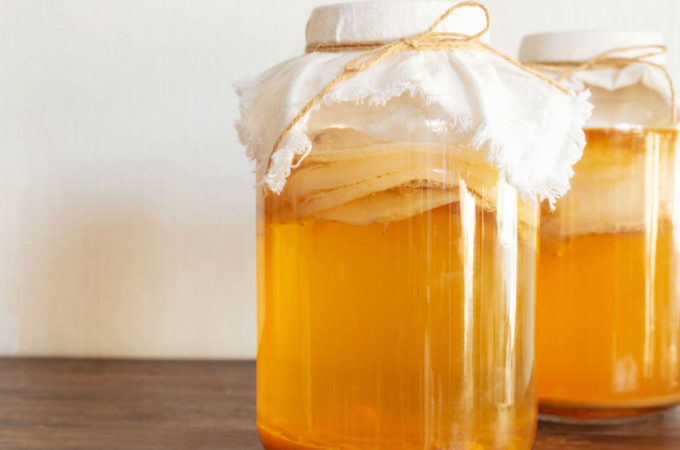



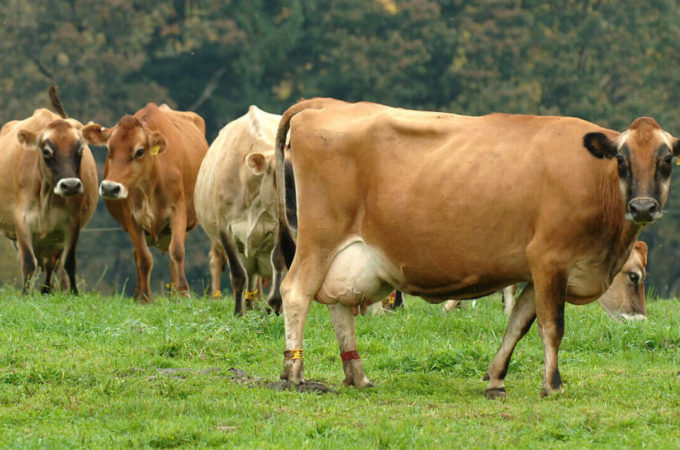
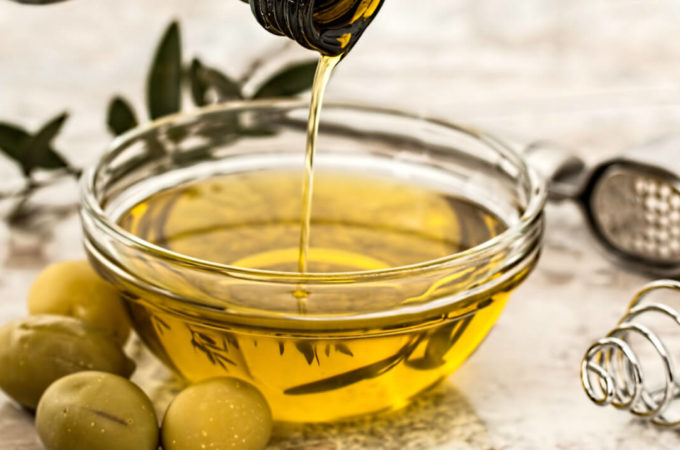


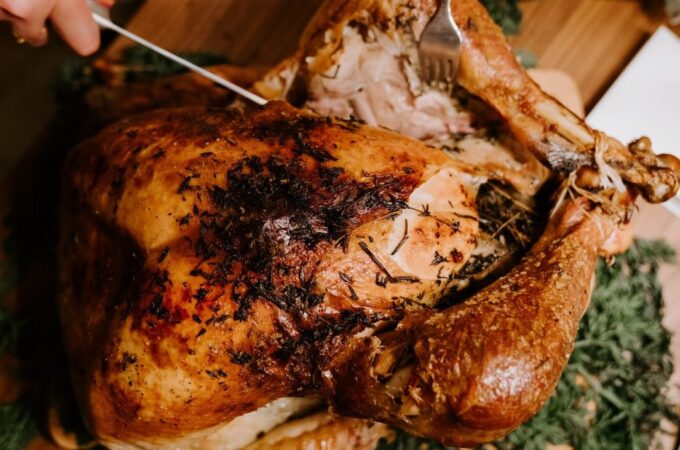


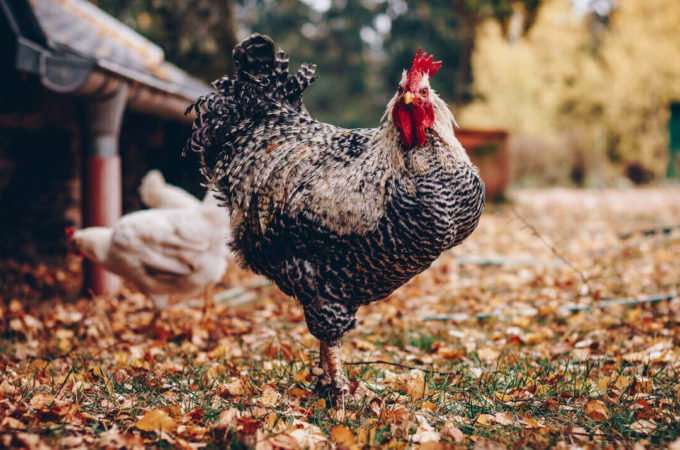

Save Small-Scale Slaughterhouses | Food Renegade http://ow.ly/1PT3n
This comment was originally posted on Twitter
Save small-scale slaughterhouses http://bit.ly/9EPmy9 #realfood
This comment was originally posted on Twitter
Priority issue! RT: @realfoodmedia Save Small-Scale Slaughterhouses http://bit.ly/c2oqWW
This comment was originally posted on Twitter
Priority issue! RT: @realfoodmedia Save Small-Scale Slaughterhouses http://bit.ly/c2oqWW… http://bit.ly/aXtidk
This comment was originally posted on Twitter
@ugwellness Save small slaughterhouses http://bit.ly/9EPmy9 Have U heard of this Sean? Yikes! Maybe you can spread some awareness! #realfood
This comment was originally posted on Twitter
#smashthestate USDA vs independent slaughterhouses: Death of a thousand cuts https://www.foodrenegade.com/save-small-scale-slaughterhouses/
This comment was originally posted on Twitter
I re-posted this on SodaHead to spread the word!
the vegan retweets, tip @nikkiana, do not kill independent slaughterhouses: https://www.foodrenegade.com/save-small-scale-slaughterhouses
This comment was originally posted on Twitter
This is crap as in what a joke. The USDA is a bunch of idiots who could careless about our healths.
I recently purchased a 1/2 cow from a local farm. It will be butchered locally too and I want it to stay that way!
Thanks for the heads up – I just might write them damned people an e-mail!
.-= Primal Toad´s last blog post …Toad’s Primal Lifestyle Audio =-.
Demand the right to choose where YOUR food comes from… #fucktheusda Save Small-Scale Slaughterhouses http://shar.es/mjBw5 #realfood
This comment was originally posted on Twitter
Does any know the name or number of the proposed rulemaking? (It’s easier for your input to get filed, tracked, and read if the agency knows exactly what you are commenting on.)
Glenn — Excellent question! The proper way to refer to the new proposed rules is:
“Draft Guidance: HACCP Systems Validation,” published by USDA’s Food Safety and Inspection Service (FSIS) on March 19, 2010
Hope that helps!
~KristenM
Yes, thanks!
Thank you for publishing this. We are in the process of building our own nano-scale on-farm slaughterhouse and butcher shop. See this post for details. So far the regulatory portion of things has not been that bad. Learning it all did take a lot of work, more so than I’ve actually spent on construction in the past two years of our journey. But by far the biggest hurdle is funding. Banks won’t lend (“We’re not making loans to new or expanding businesses” they say). So we are bootstrapping it out of pocket and with help from customers who have been buying CSA Pre-Buys from half a pig up to a decade of pork.
I’ve been studying this regulatory change, or rather change in enforcement. It is important that people send comments, clear, concise, helpful comments, to the USDA. Let them know that we need the very small scale slaughterhouses and butcher shops. Let them know that what is needed at the big plants is not right for the little places. There is a rightness to scale.
Cheers
-Walter
Sugar Mountain Farm
Pastured Pigs, Sheep & Kids
in the mountains of Vermont
Read about our on-farm butcher shop project:
http://SugarMtnFarm.com/butchershop
http://SugarMtnFarm.com/csa